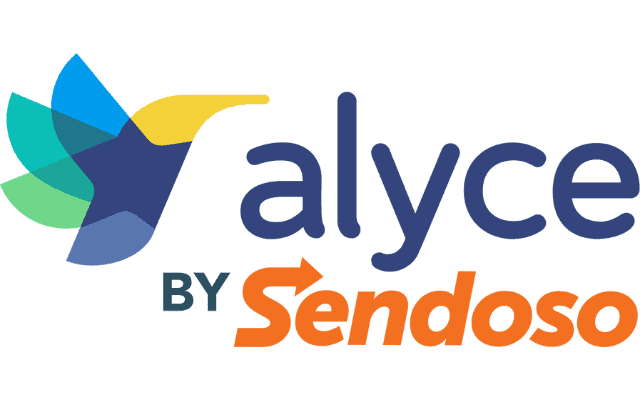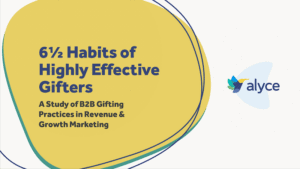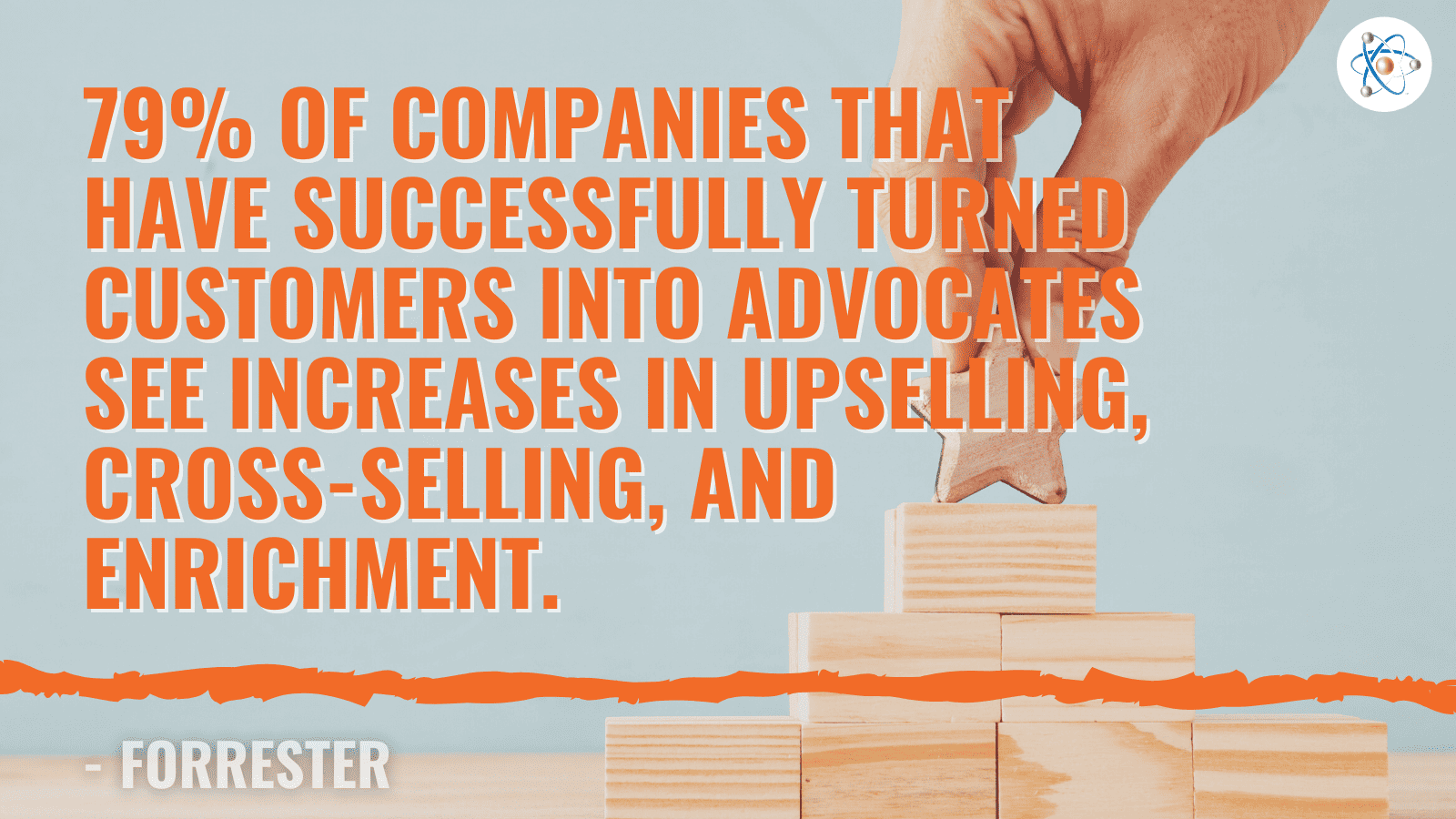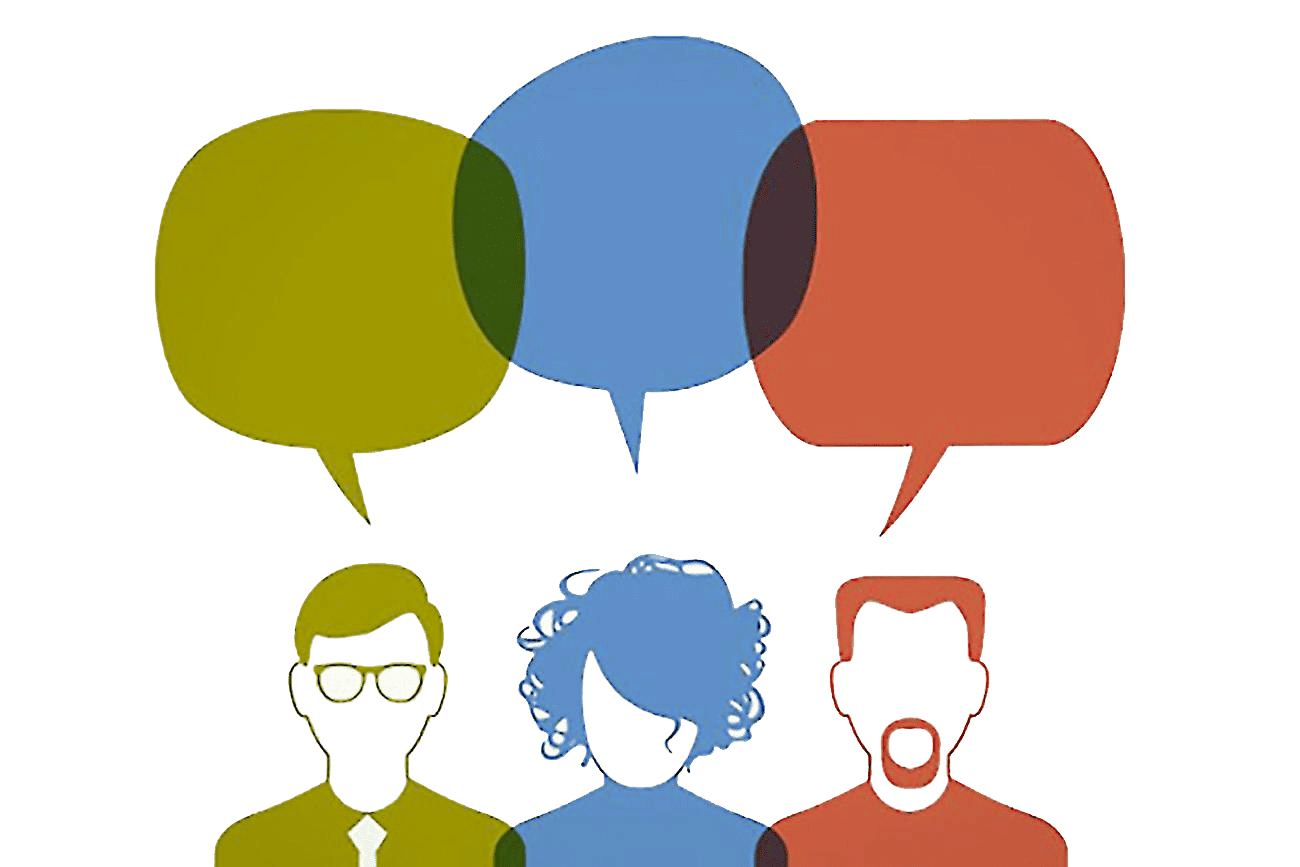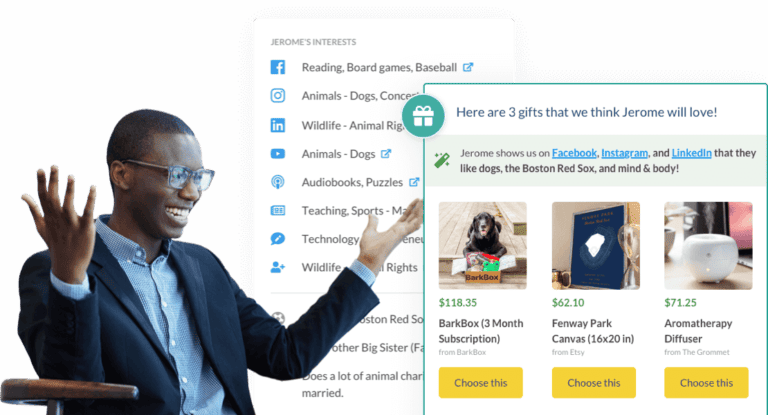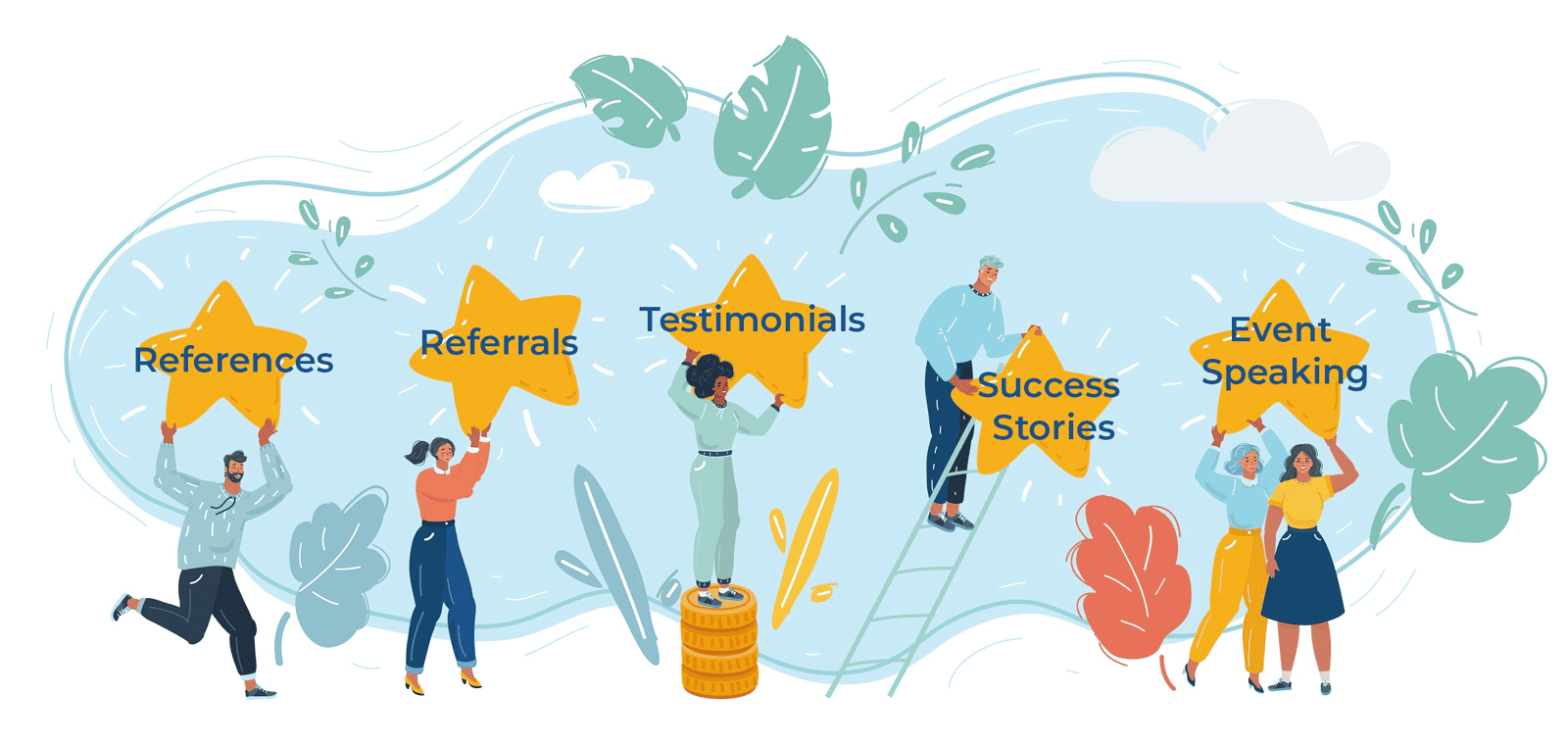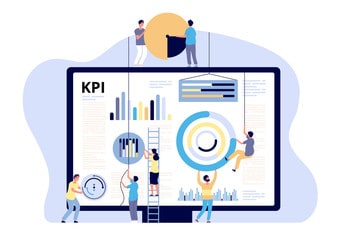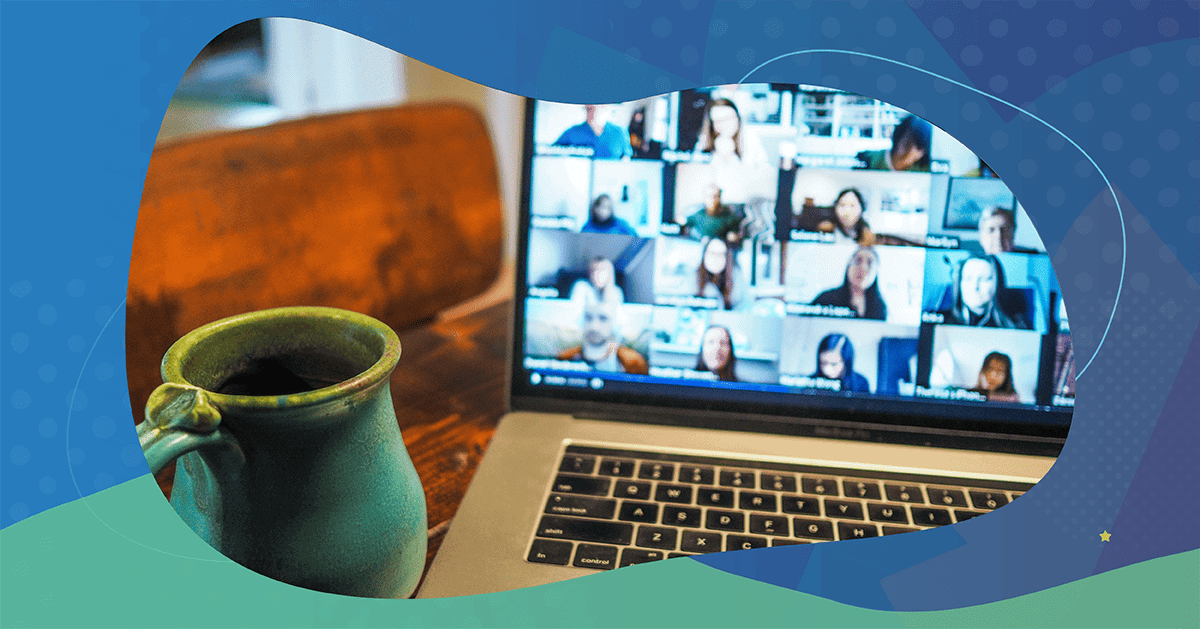
Imagine having a group of customers who are so passionate about your business that they can’t help but sing your praises to their peers and colleagues. That’s exactly what customer advocacy programs are all about.
These programs are designed to create a community of loyal customers who feel valued and appreciated by your brand.
They become your biggest cheerleaders, shouting from the rooftops about how amazing your products or services are and the team of people building, promoting, and serving your product or service.
And the best part? They do it all voluntarily because they genuinely love what you do and want to see you succeed. But you don’t want to take it for granted like any goodwill. More on that in a bit.
Does building a dynamic yet sustainable customer advocacy program take time and effort? Yes, absolutely, but the benefits are well worth it.
According to Influitive, 97% of B2B customers said that testimonials from peers are the most reliable source of information.
Complexity also depends on the program makeup—and whether it’s largely managed internally or influenced externally through the efforts of a community, group, or other outlet.
But seeing increased customer retention, more referrals, and even net-new business growth as your brand reputation spreads—attributable to the program—will likely take a fraction of what it would take to yield these results on your own effort.
The Power of Customer Advocacy Programs
By definition, a customer advocacy program is a marketing strategy designed to engage customers to promote your brand so that other customers and prospective customers hear and see that message.
The benefits have a ripple effect.
Creating a win-win-win: for customers, prospects, and you
You know, when a customer promotes, endorses, and influences others, it has a snowball effect. It reaches a bunch of other customers, potential buyers, and partners naturally through their own efforts.
And the best part? It carries way more weight and impact than if someone from the company did the same thing.
Customers referred by advocates have a 37% higher retention rate (Deloitte).
For your current customers, this peer influence bolsters their own experience or perception of your brand and ultimately their response to NPS surveys, social engagement, and loyalty.
Back even in 2006, Fred Reichheld and Rob Markey published a book called The Ultimate Question, compiling their previous research into the net promoter score (NPS) metric. It’s in this book that one of the most compelling statistics about customer advocacy can be found:
“A twelve-point increase in NPS leads to a doubling in a company’s rate of growth.”
To see results like these takes intentional and differentiated relationship-building engagement.
For prospective customers, it’s an opportunity to use the power of peer influence and word-of-mouth to introduce your brand to them—already endorsed out of the gates! It also instills a sense they may be missing out on something their peers have, and ideally, even accelerates decision-making for those kicking the tires.
Customer advocacy programs are a great way for businesses to establish long-term relationships with their customers—the impetus for increasing loyalty and customer lifetime value. They also help acquire new customers through positive experiences from the onset.
So, are you looking to build or enhance your client advocacy program? Sounds like a great idea! But hold up. Even if you’re super passionate and have a killer product or service, there can be some hurdles along the way.
What to Know Before Getting Out of the Gates
Building and maintaining a successful customer advocacy program can be challenging due to several reasons. If you take a little time to understand these challenges, you’ll be able to overcome them and launch a program that knocks it out of the park!
1. Remember, advocates are people, not a number
According to Influitive, one of the most common reasons why advocacy programs fail is that …
“The advocate experience is generic.”
Advocates are busy professionals and have limited time to participate in programs that do not provide value to them. You can’t just treat them as a number to hit.
Advocacy is steeped in relationship-building, adding mutual value to the relationship over time, and valuing the person on the other end of the program.
To build a successful advocacy program, it’s crucial to create a personalized experience for each that aligns with their interests and goals.
2. Selling isn’t just for sales
Even after the initial sale, fostering customer loyalty is like an ongoing dance that needs your constant attention. Customers are always going to be bombarded with all sorts of asks, sales pitches, and other distractions.
It’s like courting a new prospect in the sales process. Remember how your marketing and sales team had to work hard to attract, engage, and convert that customer? It’s just as tough to stay on their radar, much less top of mind, even after all that effort.
So, now that you’re playing the role of a salesperson yourself—whether you’re a customer marketer, customer success leader, or community builder—you’re going to need to keep adding value.
Building loyalty, and even better, advocacy, means you have to be intentional and always find ways to add value. Sure, it’d be a dream if customers just showed up at your door, ready to jump into every conversation and request you’ve got. But we’re living in the real world, and things don’t always go that easily.
3. Don’t come out of the gates too fast
A common challenge when building a customer advocacy program: not having clear goals and a well-organized campaign. Speeding up the launch can be personally satisfying, but running out of steam can set you back, force a restart, and lead to some letdowns.
The real kicker? If you hit a roadblock because of not having a long-term plan, you could lose the trust, enthusiasm, and involvement of your top customers early on. This often creates a domino effect, leading internal stakeholders to lose their eagerness to support the program when faced with obstacles.
Take it from GRIN,
“A haphazard approach just doesn’t cut it. It leads to lackluster results and leaves your advocates puzzled about what’s expected of them.”
So, start off on the right foot by setting clear goals, and watch your program flourish!
4. Seize the moment while you have the floor
Customer advocacy truly shines when it backs up marketing and product development. That’s why it’s so important to get genuine customer feedback—right at the very time they’re engaging in your advocacy program.
They are likely more willing to share this information worth its weight in gold while in the moment, vs. through follow-up attempts or a batch-n-blast survey.
Gathering this input will help you figure out how they really want to connect with you, what they love and hate about your product or service, and where there’s room for improvement.
This deeper level of engagement prompts candor and conveys real, authentic partnerships, increasing their loyalty to your program and overall success.
So, talk with your customers, really talk with them, keep in touch regularly, and create opportunities for meaningful interactions. Turn these moments into engaging experiences—they’ll feel valuable not just for you, but for your customers too!
5. Sustainability isn’t just a checkbox
You know how it goes with many programs, right? You’re pumped about launching it because of internal goals, the pressure to start on time, and the excitement of kicking off something new or breathing life into a dormant project.
Building a sustainable customer advocacy program requires effort. It’s not something that can be achieved overnight and isn’t just a one-time thing. You need continuous effort to forge and maintain relationships with customers who have social clout and genuine love for your brand to spread the word.
Sustainability isn’t just a trendy term; it’s a conscious decision to focus on the long-term well-being of a project. Nurturing a sustainable network of advocates takes more work than just setting up a few random events, but it’s so worth it in the end.
Forbes even says that fostering a lasting bond between your brand and your advocates is crucial for sustainability. So, make it happen!
6. Set expectations at the beginning
For you, your team, and your leadership, it’s important to be on the same page before the program ever launches. Aligning on the goals of the program, whatever they may be, will help shape the program and mitigate difficult conversations later:
- Revenue influenced
- Win rate
- Sales cycle compression
- Lower CAC
- NPS
- Customer advocates’ influence rating
And timing-wise, it can take anywhere from a month and a half to three months to put together and launch an advocacy program. Things like internal resources, how you recruit people, and who your target audience is can all affect the timeline.
You might be able to test the waters with a few customers, but to really build a program that you can repeat processes and results, you’ll need to invest more time and effort.
It’s also important to have reserves built up, of additional potential customers in your program funnel, as you can’t control many of the variables that could change even the best of plans. Customers may leave, they may have a change in leadership, or other factors may instantly affect their status at any given moment. Don’t bet on what feels to be a sure thing. Instead, it’s better to have back-up in place to cover any risk.
Creating a lasting customer advocacy program takes a good dose of patience, commitment, and some out-of-the-box thinking. But once you get it, you’ll be in a better position to succeed, and those achievements along the way will feel even more rewarding.
Advocacy and the Unique Power of Gifting
A great way to get and keep customers involved in a customer advocacy program is through gifting. It’s a demonstrative way to show some love and thank these loyal clients who are happy to spread the word about your brand.
Gifting creates a competitive edge
Gifting is a pretty cool way to thank your loyal customers, build a solid connection, and get them excited about sharing your brand with others, all in a natural way.
A compelling statistic from a study conducted by the American Marketing Association (AMA) found that businesses that implemented a strategic gifting program experienced up to a 40% increase in word-of-mouth referrals, which is a critical component of customer advocacy.
This demonstrates the significant impact that B2B gifting can have on advocacy, as it encourages satisfied customers to actively promote your business, leading to increased brand awareness, trust, and ultimately, growth.
But … do you know what’s really great? Gifting sets your brand apart from the competition. While others may be queuing up generic email requests, or hitting clients up on LinkedIn, gifting offers that little extra something to your customers. It shows them you took time to be intentional and that you really care about their loyalty to your brand.
It’s more than the thought that counts
So you want to launch an unstoppable customer advocacy program, right?
Start by crafting a solid gifting plan that jives with your brand values. Make sure you’ve got clear goals and objectives, a budget specifically for gifting within your customer marketing plan, and a set of criteria to pick your gift recipients.
Talk with your Sales and Marketing Teams to get a full picture of the types of customers that would be a good fit. Find out the traits in their best prospects so that you identify customers that best resonate with them.
And you may be able to learn more about your advocates from the Sales and Marketing folks who initially engaged with them and/or their peers in the purchase process.
There’s a strategy to gifting at scale
Now, scaling your program is crucial for it to last. Let’s be real: manually sourcing gifts, handling shipping, and keeping track of everything isn’t sustainable, nor is it the best use of your team’s time (ask any marketer who’s ever managed the marketing closet).
Enter platforms like Alyce, or as we like to say the “RevGen Impact Platform” that’s shaking things up. It’s a game changer for sustainably driving business initiatives, such as advocacy programs, and even demand gen campaigns, and prospecting, all with the end goal of boosting revenue.
Instead of manual tactics, personalized gifting can be automated using leading rev-tech platforms most organizations are using, like marketing automation, sales engagement, ABM, and CRM platforms.
Using workflow triggers and information already in your systems, it’s easy to marry right-time gifting with relevant, thoughtful, and personal experiences.
Ideas to Get the Engine Revving
Celebrate milestones
When someone completes a social mention, referral, reference call, testimonial, success story, event speaking participation, or review, that’s a great time to send them a thoughtful gift for something they’ve expressed interest in (like their favorite food, book, or hobby). These are high-value milestones to acknowledge!
Reawaken long-lost connections
If you haven’t heard from an advocate who’s gone quiet for some time, sending a gift is a great way to encourage them to come back, without that dreaded ‘just checking in email!’ And, you have a better chance of them re-engaging by proactively reaching out than doing nothing. As NHL star Wayne Gretzky said, “You miss 100% of the shots you don’t take.”
It’s a given they’re busy, distracted, or both. One example is sending them a gift card to a local event to make it easier for them to take some personal time. Or sending something to help organize their desk and minimize clutter. Or sending an Uber Eats card for them to actually eat lunch.
Something may resonate with them at that moment, where even with a thoughtful selection, they may prefer something else. And the gesture to let them choose to exchange for something else can be very meaningful. And less wasteful than forcing a canned gift, like traditional direct mail.
Remember to surprise and delight
Surprise and delight gifting is yet another great way to add value to your relationship with your customers. It’s also a fun way to get out of the rut of canned processes and introduce them to your advocacy program.
By extending something of value to them, instead of leaning in right away with an ask of them and creating favor fatigue, it shows that you’ve first invested in them and put their well-being in front of your own priorities. One example is to send a gift fitting of their next vacation they talked about. Or around a hobby they shared. Something that truly adds unexpected thrill that really shows you’ve leaned in.
According to a source on Truelist,
“83% of customers say they want to give a referral but only 29% actually do.”
This suggests that businesses may need to remind and incentivize customers to make referrals in order to increase the likelihood that they will follow through.
Measuring Your Success
Like any program, it’s important to measure the effectiveness of your customer advocacy program. This information is necessary to track what’s working and what needs tweaking.
This gives you intel for short-term quick shifts and for applying proven, best practices for the long term—taking your program from good to great.
Some essential KPIs for customer advocacy programs include customer retention rates, customer satisfaction, and referrals. You can track these KPIs using the data, reports, and dashboards in a platform like Alyce—in combination with customer satisfaction surveys, referral tracking software, or social media analytics tools.
Let’s Together Pledge to Deliver Experiences Customers Actually Want
It’s clear that building a strong customer advocacy program has a range of benefits, including increased customer retention, positive word-of-mouth marketing, and increased customer lifetime value. It’s also clear successful programs require ongoing relationship-building and mutual value-added investment.
Gifting as part of your advocacy strategy is an authentic and demonstrative way to invest in your customers so they feel appreciated and more likely to promote your brand. The beauty is when using a platform geared for gifting, it becomes scalable, setting you up for consistency and credibility.
Alyce is committed to creating more double-take moments by championing relevant, thoughtful, and personal gifting experiences amidst the deluge of boring, salesy, and irrelevant messages.
